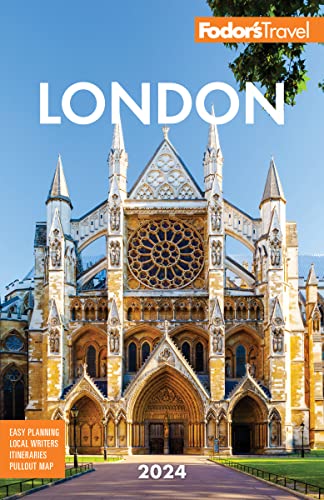Notting Hill as we know it emerged in the 1840s when the wealthy Ladbroke family developed a small suburb to the west of London. Before then, the area had the far less glamorous name of "the Potteries and the Piggeries," after the two industries it was best known for: ceramics and pig farming.
During the 1980s, Notting Hill transformed from a lively but down-at-heel and sometimes dangerous West Indian enclave to a supertrendy fashionable neighborhood. Nowadays, one of the joys of visiting this neighborhood is the opportunity it gives you to explore some of the capital's most charming squares and thoroughfares.
The area's Caribbean legacy persists, however, not least in the form of the annual Notting Hill Carnival in late August. The new millennium saw Notting Hill’s fame go global thanks to the hit rom-com of the same name, though the movie itself was criticized by locals for downplaying the area’s cultural diversity. For the Notting Hill of the silver screen, head for fashionable Westbourne Grove and Ledbury Road, lined with eclectic independent boutiques offering highly desirable designer goods for the home and family, as well as contemporary art—prices and taste levels are high.
For less rarefied shopping, try Portobello Road; the famous Saturday antiques market and shops are at the southern end. A little farther southwest lies the elegant splendor of Holland Park, at the end of which you'll find the exotic delights of the Leighton House Museum.






